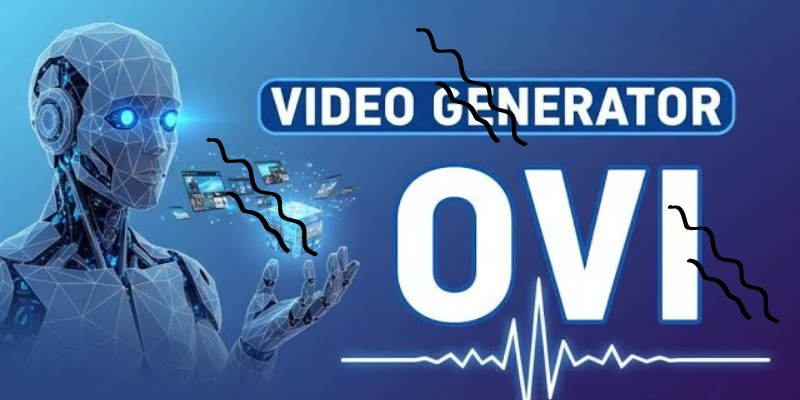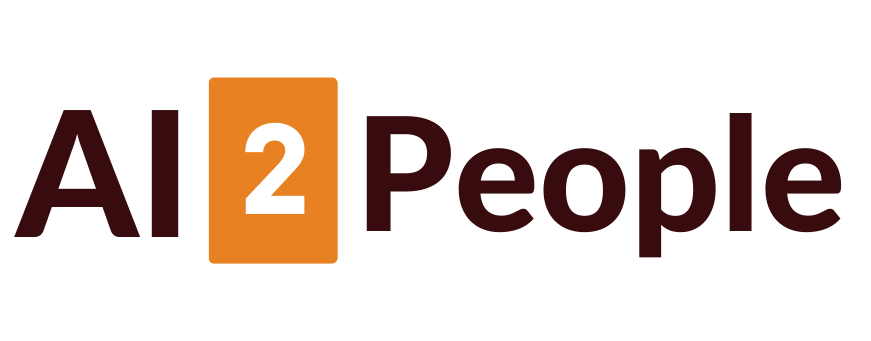
The AI Video Shake-Up: Ovi’s Leap Has Creators Excited, Nervous, and Wondering What’s Next
Ovi’s latest update has been popping up on sites this week, and frankly it’s difficult not to be simultaneously in awe and concerned over what it enables.
According to the report from WebProNews, this AI’s chillingly natural lip-sync and effortlessly fluid movement (no one else looks even close) while successfully conversing with virtual avatars could lead us toward what we hoped was a distant dream of modern talking-head video clips.
It’s the sort of upgrade that attracts attention, because it is no longer just a cute demo – creators are actually making more money with it.
What really had my attention, however, is that early testers etc. are already reporting a 71% increase in revenue from using Ovi to scale their content output.
That’s not pocket change – that’s the sort of leap that would give anyone in the creator economy a jolt.
But the flip side arrives just as quickly: If AI can make a polished, expressive, human-esque video in seconds – where does that leave the editors, animators or even storytellers who’ve spent careers honing this craft?
For many, it is as if the ground is shifting beneath their feet, and not everyone knows where to stand.
Meanwhile, Ovi isn’t the only one living dangerously. Researchers have obsessed over cutting-edge audio-video generation, that which blends voices with visuals in an insanely spooky manner.
Then there’s the mobile side of things - a separate research team published a text-to-video model that can run on mobile hardware.
Think of creating full video segments on your phone during the ride to work. No studio. No rig. This is just between you, a device and your wits.
And even as all this is taking shape in the creative universe, business is heating up as well. Major technology firms are competing to develop AI video services.
Google, for example, recently opened up free AI-video tools more broadly, suggesting how widely used these kinds of tools are becoming.
Saying that to some creators myself, the mood is a bit of a split. Some are excited – “I can finally keep up with trends without burning out for it,” one said to me.
But others appear uneasy, almost as if they are watching a storm gather in the distance. I get both sides.
There is genuine opportunity: faster production, cheaper workflows, greater headroom to experiment without waiting around for edits or renders.
But there is also the danger of sameness and having so much automation that the human quirks, which make content human, fall by the wayside.
I’ll be real – part of me is really excited about where this is going. Anything that’s freeing up creators to unleash big ideas instead of micromanaging frame transitions is what I like.
But another part wonders what happens when video is as easy as typing a sentence. If everyone is capable of doing it, does it still feel special?
Or do we begin to drown in indistinguishable, overproduced clips that sound and look alike?
The future here is unwritten. Ovi’s leap is a sign of what’s possible, but also where we need to protect, still: originality and voice and the little imperfections that make storytelling feel human.
And perhaps that is the true challenge – how to cede the heavy lifting to the machines without surrendering our creative souls in the process.




















